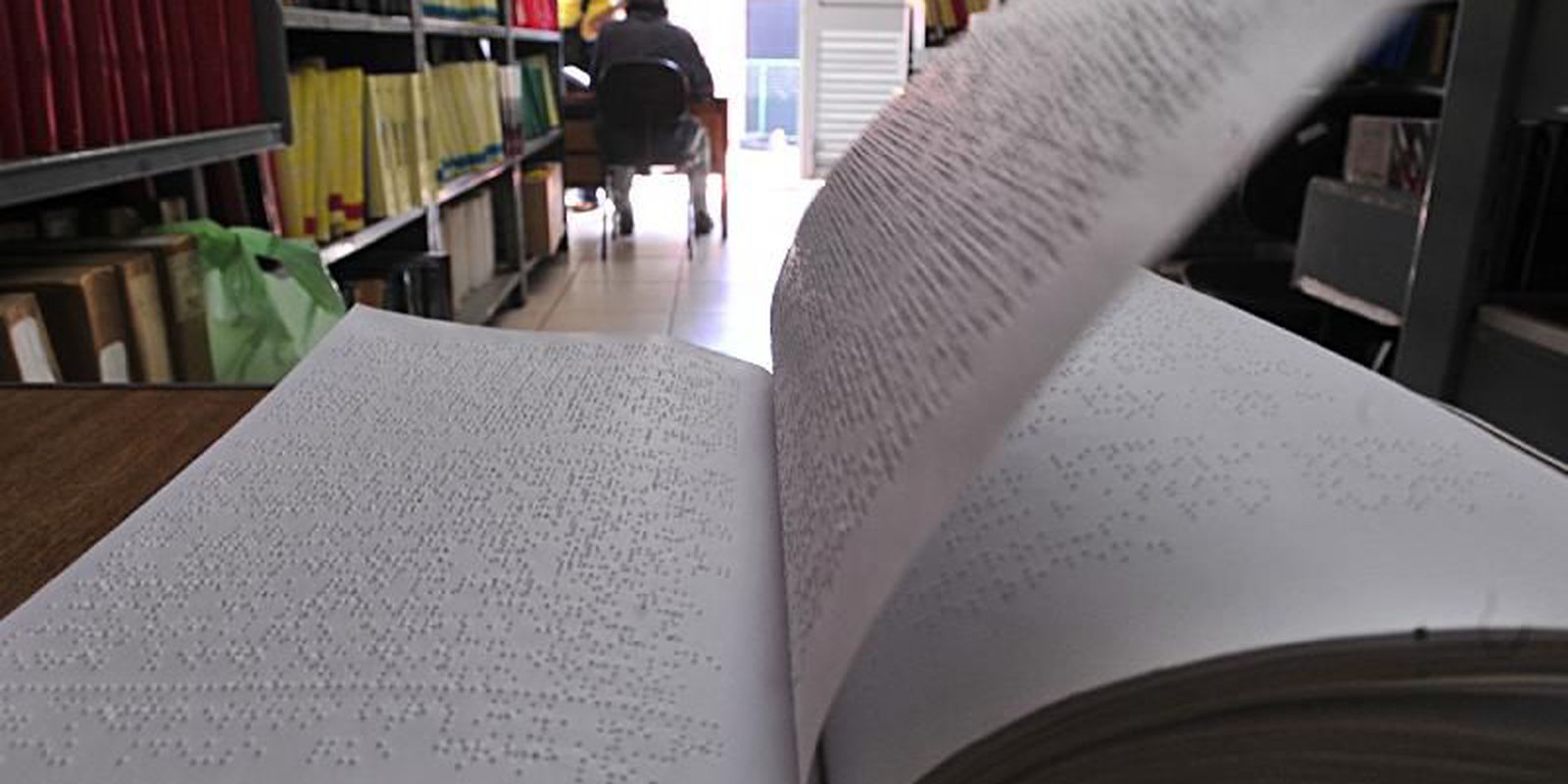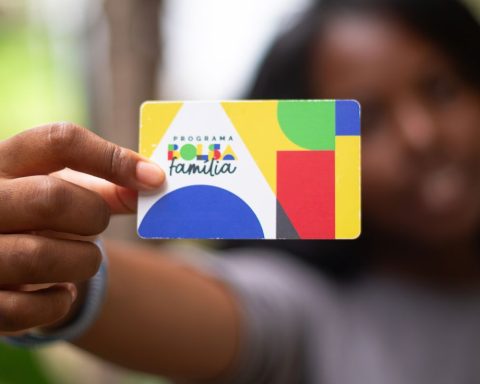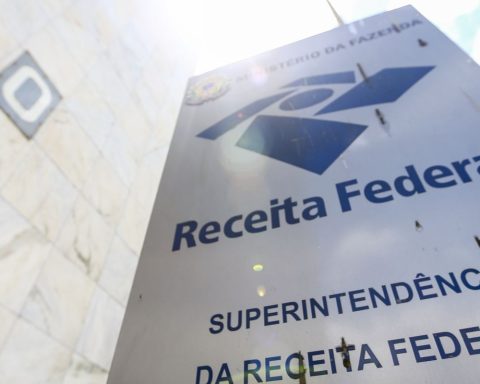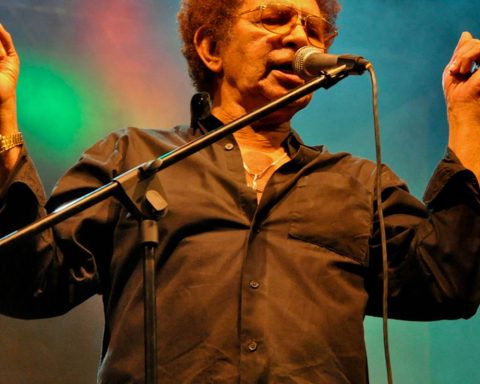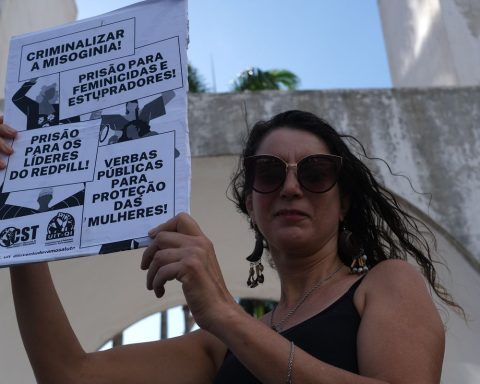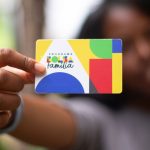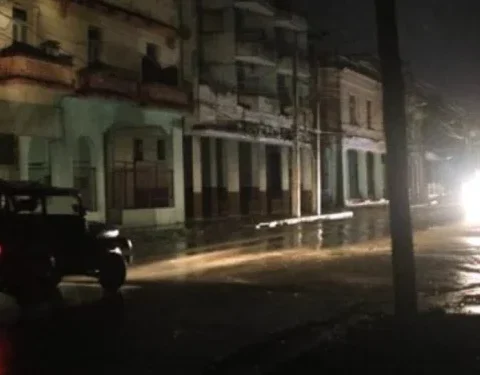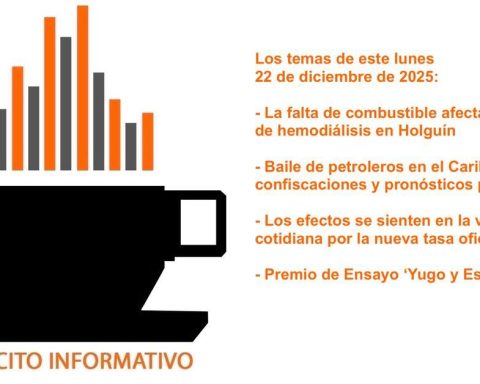Embossed dots that, combined, form 63 signs to be read with the tips of the fingers. Almost 200 years ago, braille began to allow people who are blind and have low vision to write and read. Today (4), World Braille Day, the Brazil Agency spoke with experts who show that the country has improved accessibility, but still needs to advance. 
“I usually say that humanity had a great achievement with the invention of writing and, during all this time, there were attempts to develop writing for the blind. The great achievement came with braille. From that moment on, blind people started to participate in history”, says Revision coordinator of the Dorina Nowill Foundation for the Blind and member of the World Council and the Ibero-American Braille Council, Regina Oliveira.
According to Regina, Braille is a fundamental tool for literacy and independence for the blind and people with low vision. She was born with glaucoma and, at the age of 7, lost her sight completely. Still small, she had her first contact with the Fundação Dorina Nowill para Cegos, where she was literate in Braille.
The importance of the Braille System, according to Regina, lies both in accessing information on cosmetics, medication, consumer bills, and in the privacy to consult a bank statement, credit card bill, in addition to studies. “There is no other way to make a blind child literate except through Braille. Later, you can use other formats, such as the spoken digital book, screen readers, but then the person will listen, read, they can only read through braille, and that is quite important”.
The last Census of the Brazilian Institute of Geography and Statistics (IBGE), in 2010, shows that there are more than 6.5 million visually impaired people in Brazil, 506,000 of whom are blind and around 6 million have low vision. Among blind people, 110,000 aged 15 or over are illiterate. Among people with low vision, 1.5 million cannot read or write. This means that about one in four people (25%) with some visual impairment was considered illiterate. This rate is higher than that of the general population, which in 2010 was approximately 8% for this age group.
“Unfortunately there are few specialized institutions to provide support. The service in the resource room, in my opinion, is insufficient. There are few teachers with knowledge of Braille in the country’s public and private education systems”, says Benjamin Constant Institute professor Margareth de Oliveira Olegario Teixeira, who is part of the Education and Media Research Group at the Pontifical Catholic University of Rio de Janeiro ( GRUPEM/PUC-Rio),
There have been advances. Since 2019, for example, through the National Accessible Textbook Program (PNLD/Acessível), textbooks have been printed in Braille and large letters in Portuguese. Blind and low vision students began to receive the same books as the rest of the students in the class.
According to Margareth and Regina, however, there is still a lack of printing more books and materials in Braille, as well as wide access to equipment such as the Braille Line, which is still very expensive. This line is a device that displays in braille what is on the screen of computers, tablets and cell phones. “For me, it’s in the realm of consumer dreams,” says Margareth. Regina points out that Brazil is very rich in legislation. “The big question is getting this legislation in place, making it all work.”
Margareth reinforces that braille should not be replaced by screen readers or other resources. “Digital computer resources do not replace braille”, she adds. For her, blind people have the right to braille. [O sistema] it facilitates the understanding of some resources, facilitates, for example, the study of a foreign language”, he says.
The Braille System was created in 1825 by the Frenchman Louis Braille, blind at the age of three due to an accident that caused the infection of both eyes. The best known version dates from 1837. The system allows communication in several languages.
The system, made up of alphabetic and numerical symbols, enables writing and reading, through the combination of one to six points. Reading, with one or both hands, is done from left to right. The embossed dots follow standard measurements and the size of the braille cell corresponds to the fingertip perception unit.
In Brazil, braille was introduced by José Álvares de Azevedo, creator of the first school for teaching the blind in the country, the Imperial Instituto de Meninos Cegos, currently Benjamin Constant. On April 8, Azevedo’s birthday, the National Braille Day is celebrated.
